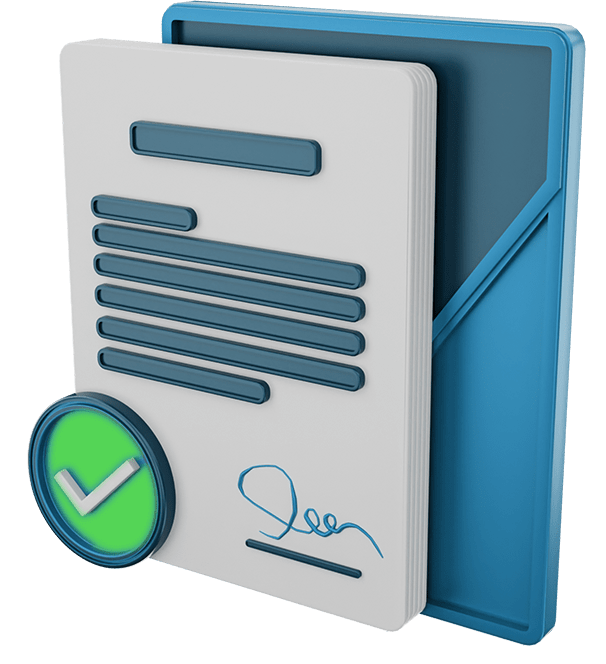Strategy
A practical strategy for digital execution—choices, principles, and a value-linked roadmap.
Why it matters
Digital transformation works when strategy is specific about where value will come from, which capabilities to build, and how change will be governed. In Saudi Arabia, alignment with Vision 2030 and the Digital Government Strategy (2023–2030) strengthens direction for public and regulated entities; data handling should reflect SDAIA/NDMO standards.
How the digital strategy is built
- Context & ambition: Confirm strategic goals, policy constraints, and stakeholder priorities (customers/citizens, regulators, partners).
- Value thesis: Identify value pools (experience, cost, speed, risk reduction) and define outcome metrics. (Best practice links strategy to operating outcomes.)
- Capability lens: Map business capabilities and pain points; flag duplication and bottlenecks; set design principles for digital (API-first, data-by-design, secure-by-default).
- Use-case portfolio: Select signature journeys and automations with clear economics and feasibility; stage pilots and scale paths.
- Operating implications: Outline the shifts to operating model, skills, sourcing, and technology platforms needed to deliver the strategy.
- Data & compliance baseline: Confirm data ownership, classification, and sharing rules aligned to NDMO; note gaps affecting analytics and AI.
- Roadmap & funding view: Sequence initiatives into horizons with costs, benefits, and interdependencies; define decision checkpoints.
- Governance touchpoints: Specify how strategy ties into governance (portfolio forums, risk/compliance reviews, performance cadence) without extensive process detail.
- Public-sector alignment (as needed): Cross-reference to DGA digital-government priorities and relevant maturity indicators.
What you get
- Strategy pack: ambition, value thesis, principles, and capability map used to prioritize change.
- Use-case shortlist: staged pilots and scale plan with indicative economics.
- Target-state summary: directional view of experience, data, application, and platform layers.
- Roadmap: horizons, dependencies, costs/benefits, and risks.
- Governance links: decision forums, metrics, and review cadence.
- Data alignment note: key actions to meet SDAIA/NDMO standards for data management and protection.










